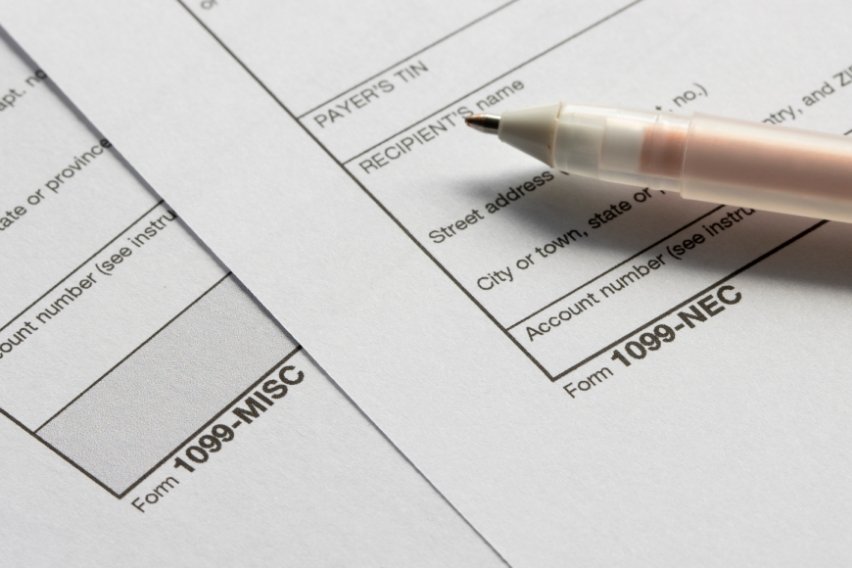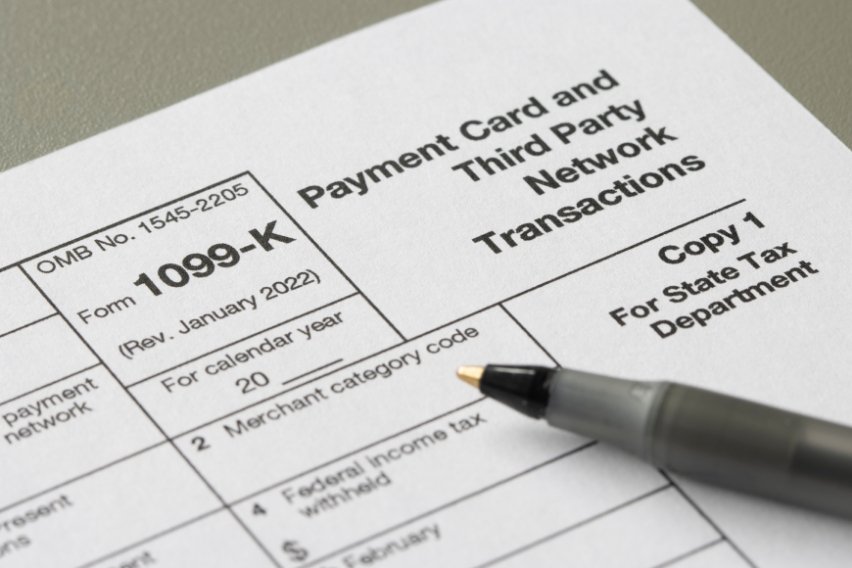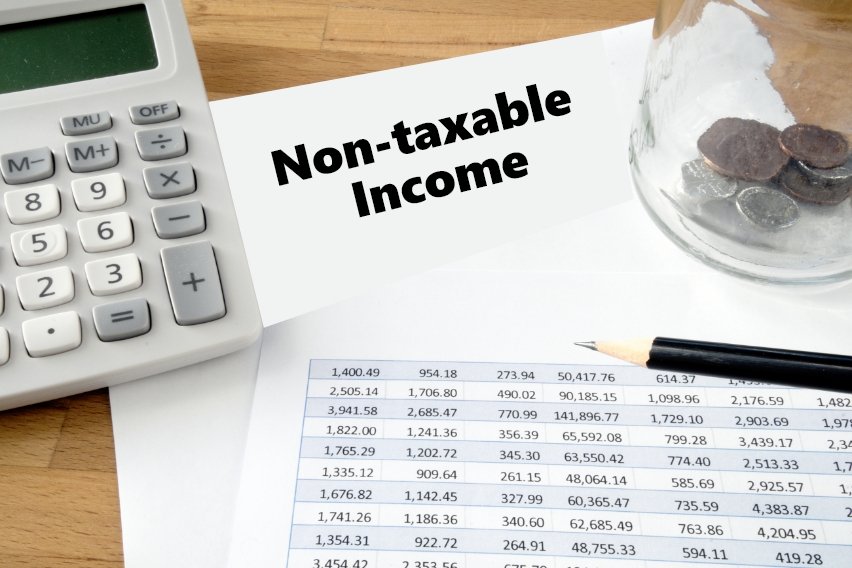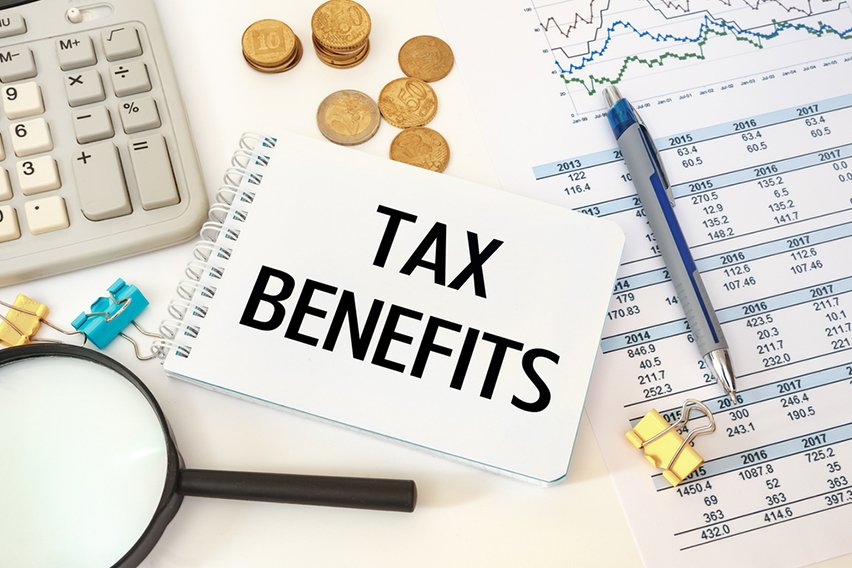Shopify 1099-K Tax Form: Filing Requirements and Steps

Operating a Shopify store to sell products and earn money can be a rewarding career. Yet, there can be a lot to know for store owners who sell services or products when it comes to tax season. For your online store, you need to report income for tax purposes, monitor transaction fees, and compile the total amount of expenses you have.
So where are you supposed to start as a small business owner? Are there rules for when you pay sales tax or if you use third party payment networks? What about specific Shopify tax forms or Shopify tax documents? These are all great questions to ask yourself leading up to filing your income tax return.
The good news is that we put together this article to break down everything you need to know about Shopify taxes and filing your 1099-K tax form. Keep reading to learn more!
Key Takeaways
- Shopify will send you a 1099-K directly, and also file it to the IRS on your behalf, if you earn over $600 in 2023.
- If you don’t receive your form, you can contact Shopify directly to ask them to send you one.
- If you need a little extra assistance with Shopify reports or handling tax details and expenses, try an online accounting software like FreshBooks.
Table of Contents
Why Is Shopify 1099-K Important?
How to File Taxes with Shopify 1099-K Form
How to Get the 1099-K Form from Shopify
Why Is Shopify 1099-K Important?
As a self-employed individual, you are liable for your own taxes. This implies that you must keep track of your earnings and business expenses throughout the year in order to report them at tax time.
By January 31 of each year, if you accept payments through Shopify Payments, and meet certain criteria, you will get a 1099-K form from Shopify. This form details the total revenue you brought in with Shopify Payments the previous year.
It’s exciting to start your own business. However, it entails the duty of handling your own self-employment taxes. You might be concerned that it will make the process of running your business even more difficult if you depend on a third-party platform like Shopify.
It won’t, so don’t worry. Generally speaking, Shopify’s primary tax-related responsibility is to send you a 1099-K tax form. It’s important to know and understand the details surrounding the form. This is because it relates to certain tax filing requirements, such as income tax returns and your tax rates.
If you use Shopify Payments and satisfy the following criteria, Shopify will submit the 1099-K form to the IRS on your behalf and send you a copy:
- For years prior to (and including) 2023: You have more than 200 transactions and more than $20,000 USD in gross payments during the calendar year
- For the calendar year 2024 and later: You have any number of transactions and gross payments totalling more than $600 USD
- You satisfy your state’s individual tax threshold requirements
You won’t receive a 1099-K form if you don’t meet the aforementioned criteria.
Shopify submits the form on your behalf, so any necessary changes can be retroactively applied to the date of the request.
It’s worth your while to understand how the 1099-K form works since Shopify will submit it directly to the Internal Revenue Service (IRS) each year. You’ll get a matching 1099-K as a seller from Shopify. You use it to calculate your yearly gross income, when filing your federal and state income tax returns.
Shopify does not, however, send the IRS a report of every transaction made by a merchant.

How to File Taxes with Shopify 1099-K Form
Shopify will submit your 1099-K form to the IRS and send you a copy so you can use it with other tax records when filing your income tax return. Form 1099-K reports your gross payments received from payment apps or online marketplaces (third party payment networks), and credit, debit or stored value cards such as gift cards.
The distinct Tax Identification Number (TIN) of a company or person serves as Form 1099-K’s identifier.
If you use the Shopify Payments and meet the requirements, you should have received a copy of Form 1099-K from the Shopify tax department.
1099-K form reports total gross payments, with no adjustment for credits, refunds, fees, shipping. You should maintain records of your selling expenses to claim them on Schedule C (Form 1040) in order to offset your gross income.
If you need a little extra help navigating through the confusing and painful process of expenses and taxes, FreshBooks offers a perfect solution. You can ensure you’re doing everything accurately and confidently by submitting your tax bill. Plus, FreshBooks accounting software makes it incredibly easy to reconcile your Shopify gross receipts.
Shopify 1099-K Requirements
The primary requirements for a Shopify 1099-K form can differ between sellers and merchants. As a seller, you will receive a 1099-K form if you earn over $600 per year. It doesn’t matter how many transactions you incur throughout the tax year.
Sales tax and income tax are typically the two tax categories that Shopify sellers need to be aware of. Sales taxes take on different forms around the world, such as VAT and GST, so if you sell both domestically and abroad, you’ll need to look into your different requirements to match.
You’re probably already familiar with income tax, and this is likely how Shopify income will also need to be taxed. Unless you outsource, this requires self-filing, so it’s critical to plan ahead and be knowledgeable.
Sales tax is a tax levied on purchased goods. You are responsible for collecting sales tax from your customers and remitting it to the state. Sales tax is sometimes referred to as a “pass-through” tax because of this procedure.
Shopify does not file or remit sales taxes on your behalf.
On top of all of this, there are certain forms you’re going to need to file along with your Shopify 1099 form. You’re going to also need to submit:
- A Schedule C form, which is where you have to report all of your expenses and gross business income
- A Schedule SE form, which is how you go about calculating all your self-employment taxes
- 1040 tax form, which is how you report relevant taxable income as well as calculate your taxes
In order for you to fill out the Schedule C form, you’re going to need to include all of your other business expenses as well as your cost of goods sold (COGS).
How to Get the 1099-K Form from Shopify
In most cases, there are two primary ways to get your 1099-K form from Shopify. The first way is by simply contacting Shopify through email. If you meet the requirements outlined above, then you can ask Shopify to email you a copy of the form. They will do this before January 31 to make sure you have what you need when it comes to tax time.
The second way to access your 1099-K form is directly through your Shopify dashboard. All you have to do is go to your Shopify account and log in using your account details. Once you are logged in, you can navigate your way to the Payment section and click on it.
In the top left-hand corner, there will be a Documents section that you can click on. After you click on the Documents section, you should see your 1099-K form listed there. Whether or not Shopify sends you a Form 1099-K, you’ll probably still need to report your income to the IRS. Fortunately, you can do that without a 1099-K.
Even so, you might still need your form for your own record-keeping if you do meet the requirements. If Shopify’s 1099-K never arrives, you can follow these steps to track it down.
If you should have received a 1099-K form because you earned over $600 through Shopify, you can contact Shopify directly. This can be through their online chat support or you can email them directly and ask to have your form sent to you.
On the flip side, you should still try and access your information if you earn less than $600 from Shopify in a calendar year. This can come in very handy when you have to file your taxes. And the good news? You can do this without having a 1099 form. All you need to do is log into your Shopify account and pull up your transaction history.

FAQs on Shopify 1099-K Tax Form
Does Shopify send you a 1099-K Form?
Yes, Shopify will automatically send you your 1099-K form if you earn over $600 per calendar year, regardless of the number of transactions. You can also request one or download it directly from your Shopify dashboard for your own record-keeping.
Where do I find my 1099-K Form on Shopify?
Once you log in to your Shopify account, you can access form 1099-K by clicking on the Documents tab. In there, you will find the relevant information you need.
Does Shopify include PayPal?
One of Shopify’s default payment processors is PayPal. You receive a PayPal Express Checkout account as soon as you launch a Shopify store, and it is connected to the email address you used to register.
About the author
Sandra Habiger is a Chartered Professional Accountant with a Bachelor’s Degree in Business Administration from the University of Washington. Sandra’s areas of focus include advising real estate agents, brokers, and investors. She supports small businesses in growing to their first six figures and beyond. Alongside her accounting practice, Sandra is a Money and Life Coach for women in business.
RELATED ARTICLES


 Upwork 1099 Tax Form: Filing Requirements and Steps
Upwork 1099 Tax Form: Filing Requirements and Steps Etsy 1099 Tax Form: Filing Requirements and Steps
Etsy 1099 Tax Form: Filing Requirements and Steps Airbnb 1099-K Tax Form: Filing Requirements and Steps
Airbnb 1099-K Tax Form: Filing Requirements and Steps Top 12 Non-taxable Income Types
Top 12 Non-taxable Income Types Veteran Tax Benefits: The Ultimate Tax Guide
Veteran Tax Benefits: The Ultimate Tax Guide What is a Sales Tax License & How to Apply For It?
What is a Sales Tax License & How to Apply For It?